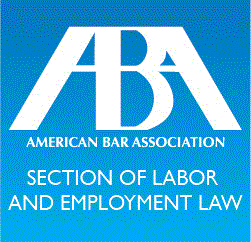How to Combine Early Retirement and Social Security Disability Applications to Maximize Benefits
Social Security Retirement benefits and Social Security Disability benefits are two different benefits administered through the Social Security Administration. Retirement benefits are paid to individuals upon reaching a certain age, while disability benefits may be paid at any age and are based on a finding of disability.
To receive retirement benefits, workers must be at least 62 years of age, but 62 is considered early retirement by current standards. Therefore, in order to receive the maximum available benefit, a worker must retire on or after full retirement age. Retiring before that date results in lower monthly benefits for the rest of your life. The other disadvantage to taking early retirement is that medicare eligibility for retired workers does not begin until age 65.
By comparison, disability benefits through Social Security can be attained regardless of age. The qualifying criteria is disability and therefore benefits are not reduced for age. Moreover, disabled individuals are eligible for medicare after 24 months from the their date of eligibility for benefits. The disadvantage to disability retirement is that it can take a year or more to get a determination of eligibility and as you wait, you cannot be working. This can be an untenable hardship for many people who cannot live without these benefits. As a result, some people opt to take early retirement when they might actually be eligible for disability retirement. A combination of these two benefits is possible.
While you cannot receive retirement and disability social security benefits at the same time, there is an exception. Individuals who take early retirement, but who are also disabled can piggyback these two benefits to avoid a gap in payment while waiting for approval. Here’s how it works. If you must stop working due to health problems, you can elect early retirement AND apply for disability at the same time. You can start to collect the early retirement benefits while you wait to hear about your application for disability. There is never any guaranty, but if you are found to be disabled, you will then receive retroactive payment for the difference between your reduced early retirement rate and your full disability rate. In addition, you will begin getting your full rate of benefits and keep getting them going forward. You will also qualify for Medicare coverage after 24 months. Of course, if are not found to be disabled or if you were collecting early retirement before SS says you were disabled, then social security will not pay you the difference and you would be paid at your early retirement rate for the rest of your life. For someone who was going to take early retirement regardless, the risk is limited; nothing ventured nothing gained.
This strategy is not for everyone, but for someone who is severely disabled, over the age of 62, but not yet at full retirement age, this could be a valuable strategy to maximize benefits.
Rice Law Office works with injured and disabled workers and their families on the road to recovery. Employing a comprehensive approach, RLO leverages a combination of injury and employment law, along with available insurance and benefit protections, to maximize clients’ recovery. For more information about the services we provide or the benefits available for those who are disabled, hurt in an accident or at work, see our website www.ricelaw-office.com.




